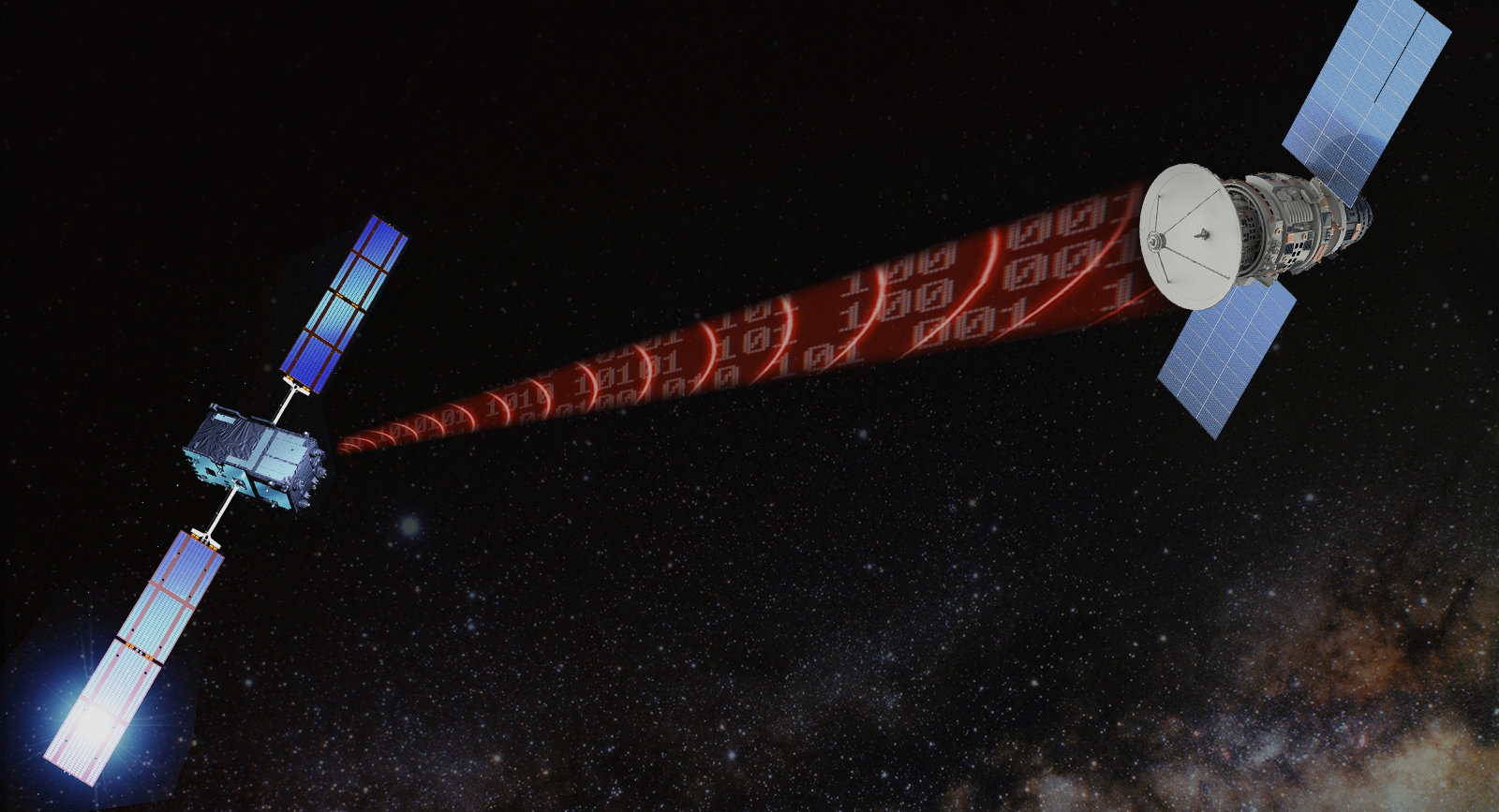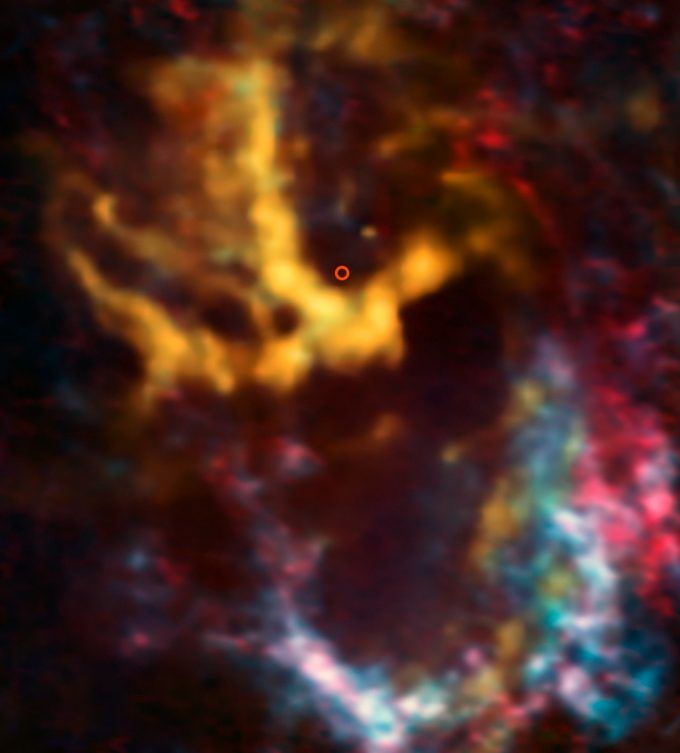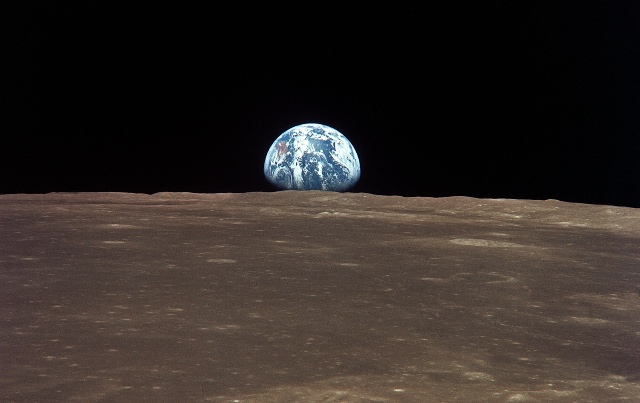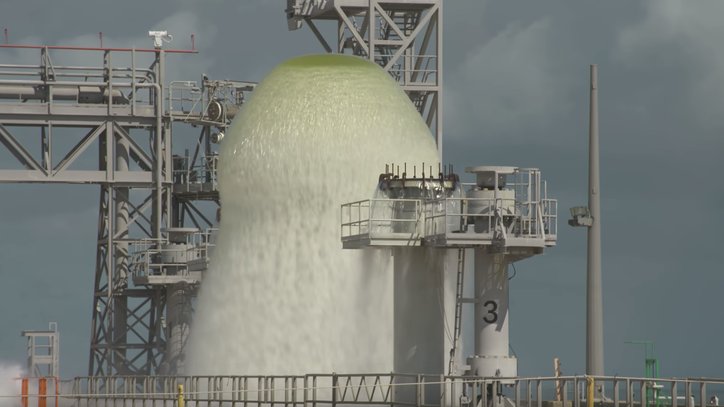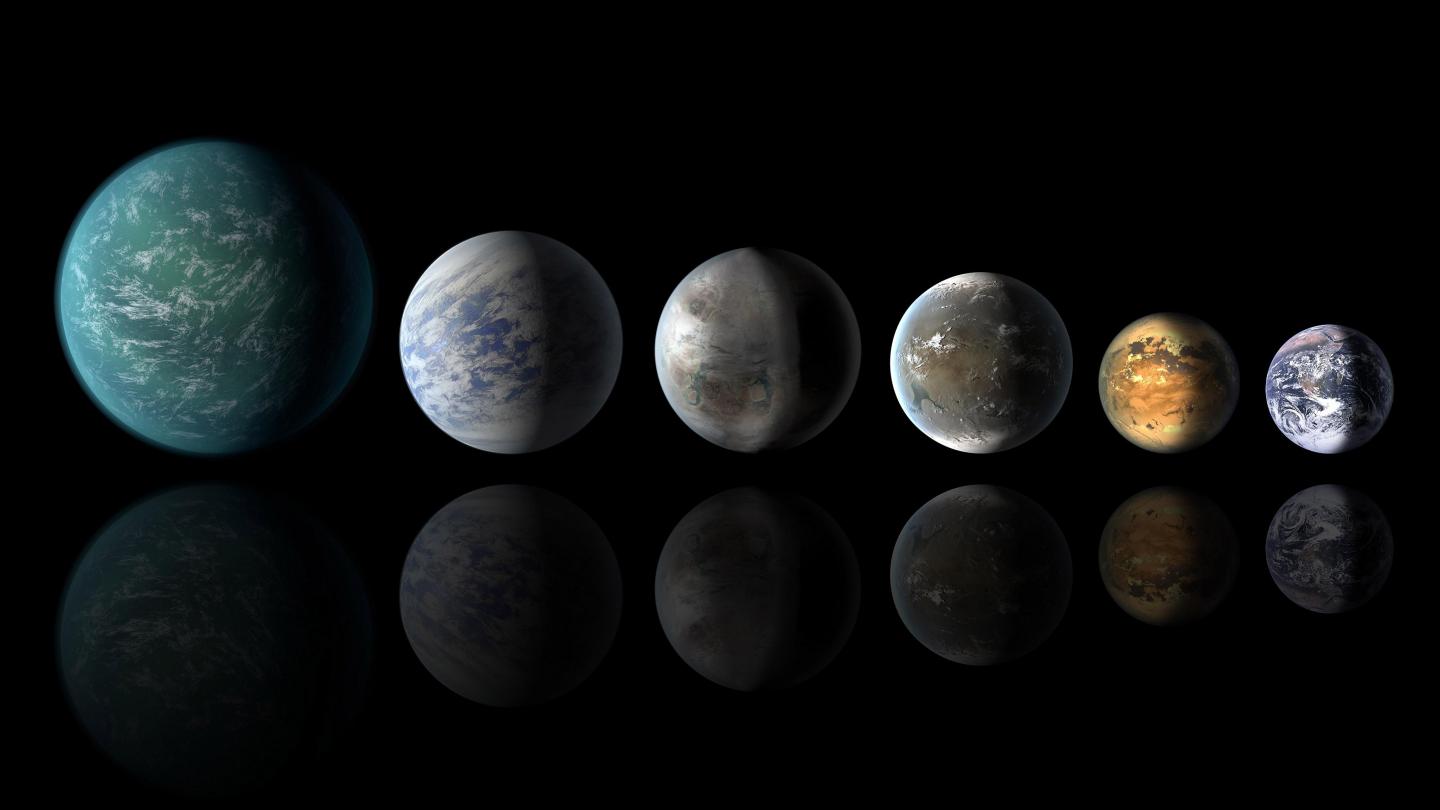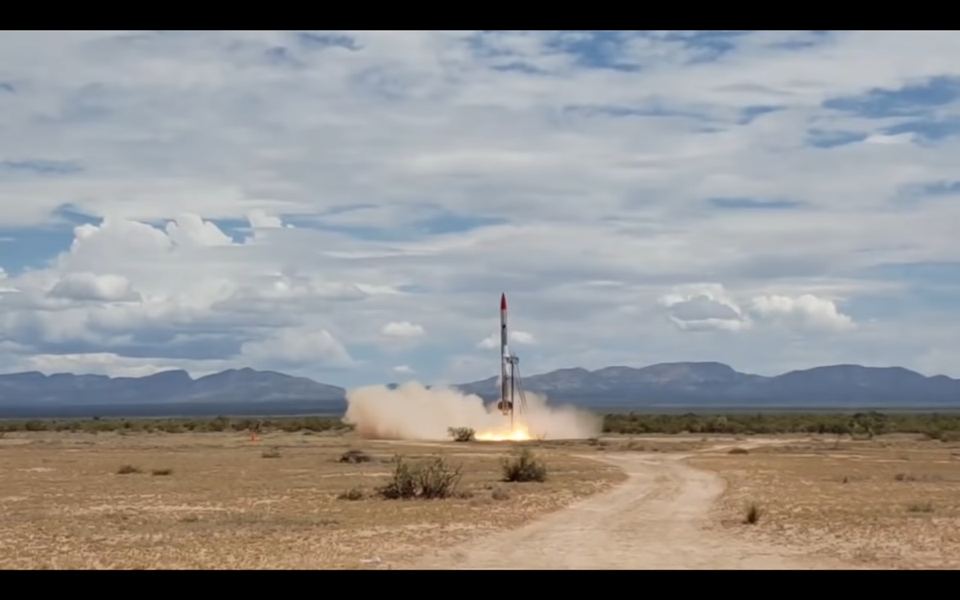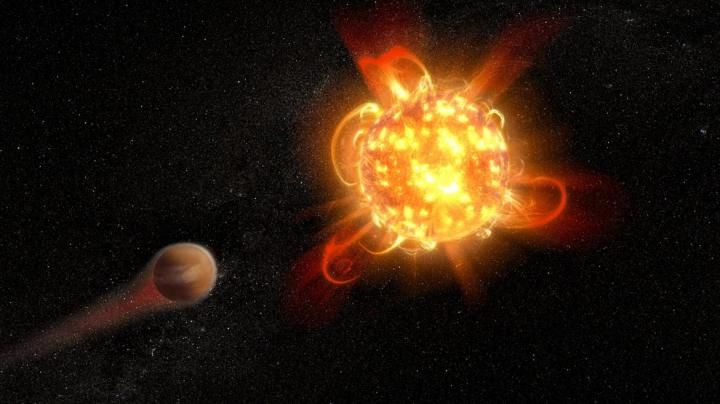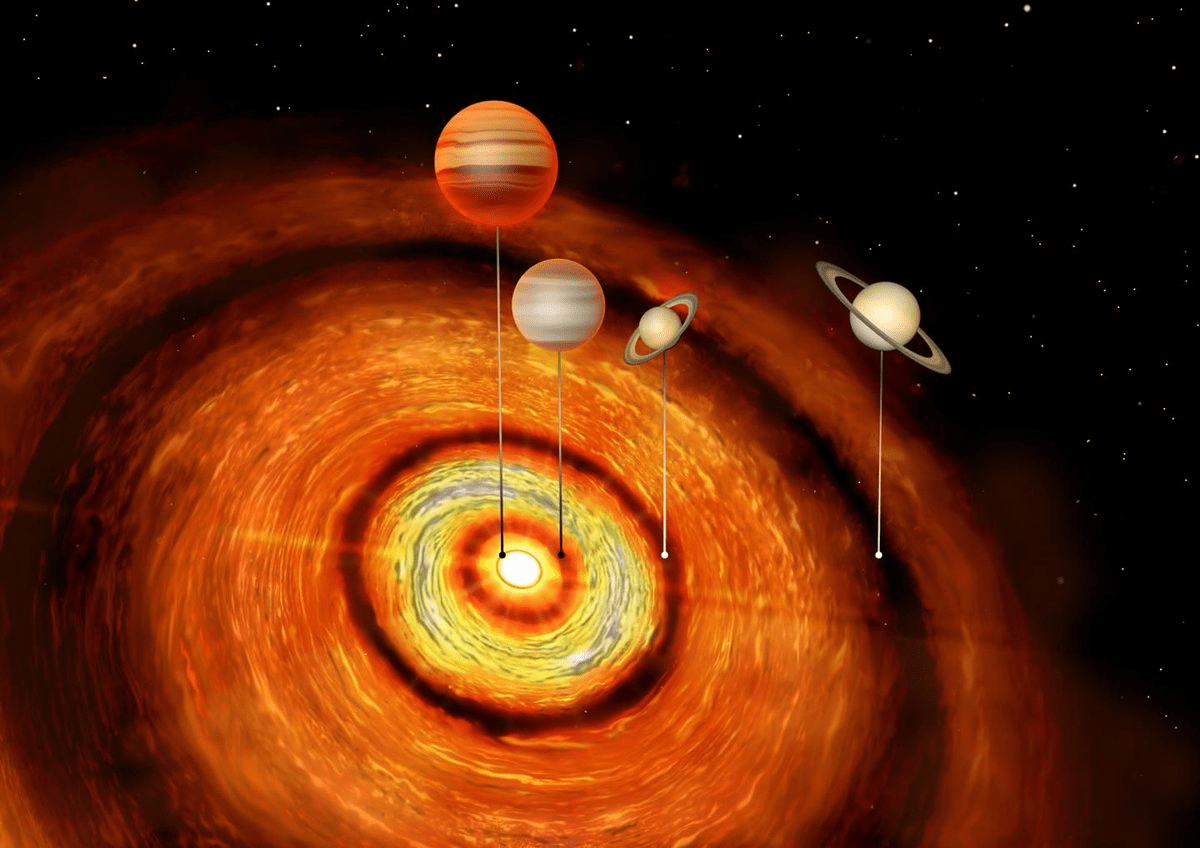On February 11th, 2016, scientists at the Laser Interferometer Gravitational-wave Observatory (LIGO) made history when they announced the first detection of gravitational waves. Originally predicted made by Einstein’s Theory of General Relativity a century prior, these waves are essentially ripples in space-time that are formed by major astronomical events – such as the merger of a binary black hole pair.
This discovery not only opened up an exciting new field of research, but has opened the door to many intriguing possibilities. One such possibility, according to a new study by a team of Russian scientists, is that gravitational waves could be used to transmit information. In much the same way as electromagnetic waves are used to communicate via antennas and satellites, the future of communications could be gravitationally-based.
Continue reading “It Could be Possible to Transfer Data Through Gravitational Waves”

